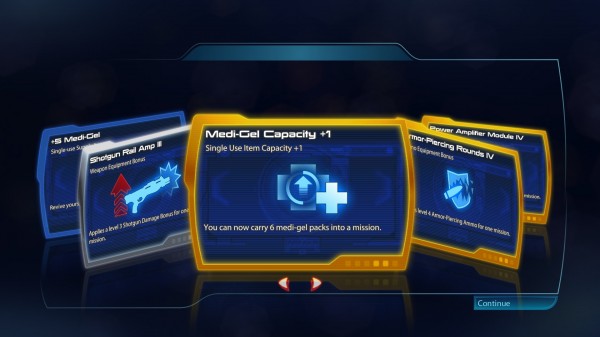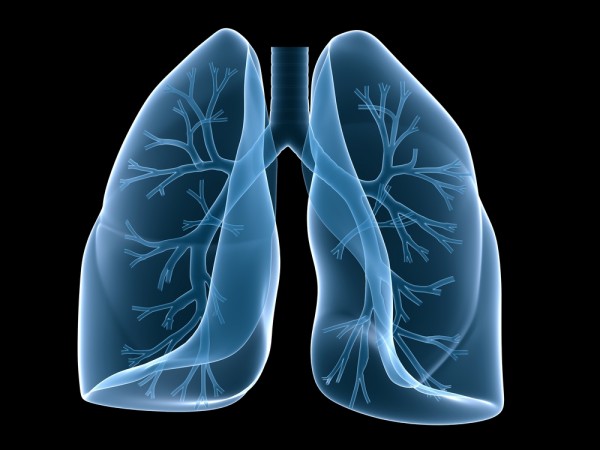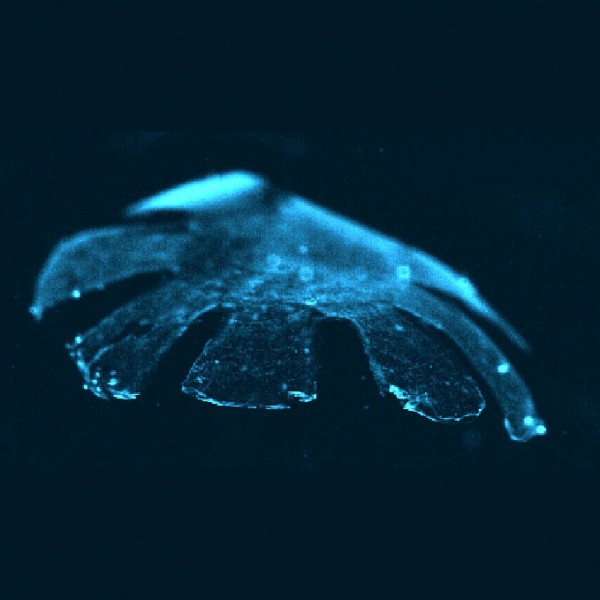Innovation, enhancement, production and what not! Technology has increased the pace for everything. We used to have just three channels on TV back in our days and now look at the number of them. Medical profession is progressing at a fast rate and that is a good sign since we are moving towards a healthier and safer environment. New procedures are being development everyday, which are becoming less and less hazardous and side-effects are being minimized to almost nothing. This list talks about the top ten medical technologies that promise to revolutionise the world.
10. Anti-Bleeding Gel
 At number ten, we have a gel that comes from Joe Landolina and Isaac Miller named as Veti-gel. Let’s talk about why this gel is so awesome. Ever heard of extracellular matrix? Well this substance, naturally, helps cells in our bodies to grow. This Veti-Gel mimics this substance and can stop the bleeding instantly. Yes, you read that right. The gel will stop the bleeding and will start the clotting process. So far it has been used on the carotid artery of a rat and on a live liver that had been sliced. This gel can help save a lot of lives especially in the war-zones, by avoiding the blood loss that is generally the cause of death.
At number ten, we have a gel that comes from Joe Landolina and Isaac Miller named as Veti-gel. Let’s talk about why this gel is so awesome. Ever heard of extracellular matrix? Well this substance, naturally, helps cells in our bodies to grow. This Veti-Gel mimics this substance and can stop the bleeding instantly. Yes, you read that right. The gel will stop the bleeding and will start the clotting process. So far it has been used on the carotid artery of a rat and on a live liver that had been sliced. This gel can help save a lot of lives especially in the war-zones, by avoiding the blood loss that is generally the cause of death.
[youtube]http://www.youtube.com/watch?v=Cif-o4V-2wA[/youtube]
9. Magnetic Levitation
 Artificial tissues for lung can be grown via magnetic levitation. This is something you would expect to hear in a movie or a novel. But here we are, telling you that this is possible! Glauco Souza and his team are to be blamed. They started their research in 2010 and have synthetically, using nano-magnets, grown the most realistice organ tissue ever. What originates in a petri dish- really? Like for real?- grows up into a 3D shape which results in complex cell layers. The growth is a replica of how it happens within human body. This technology promises to bring the creation and transplantation of artificial into main stream treatments.
Artificial tissues for lung can be grown via magnetic levitation. This is something you would expect to hear in a movie or a novel. But here we are, telling you that this is possible! Glauco Souza and his team are to be blamed. They started their research in 2010 and have synthetically, using nano-magnets, grown the most realistice organ tissue ever. What originates in a petri dish- really? Like for real?- grows up into a 3D shape which results in complex cell layers. The growth is a replica of how it happens within human body. This technology promises to bring the creation and transplantation of artificial into main stream treatments.
[youtube]http://www.youtube.com/watch?v=E29FFR8hgik[/youtube]
8. Artificial Cell Mimicry
 Most of the medical research is directed towards coming up with ways to synthesize human organs and tissues in a lab and then use them in transplantation. So basically, what we are talking about here is production of human spare parts. So, if one of your organ fails, you can just get another one which would work just fine. This whole idea has moved down to cellular level. This particular gel mimics particular cells and their actions. It’s formed as a bunch about four times the width of a DNA double helix. The gel would take place of the cytoskeleton and will replace any cells that have been lost or damaged on the applied area. It allows the healing to continue while blocking the bacteria from entering the wound.
Most of the medical research is directed towards coming up with ways to synthesize human organs and tissues in a lab and then use them in transplantation. So basically, what we are talking about here is production of human spare parts. So, if one of your organ fails, you can just get another one which would work just fine. This whole idea has moved down to cellular level. This particular gel mimics particular cells and their actions. It’s formed as a bunch about four times the width of a DNA double helix. The gel would take place of the cytoskeleton and will replace any cells that have been lost or damaged on the applied area. It allows the healing to continue while blocking the bacteria from entering the wound.
[youtube]http://www.youtube.com/watch?v=ZZ03E0G5C_c[/youtube]


